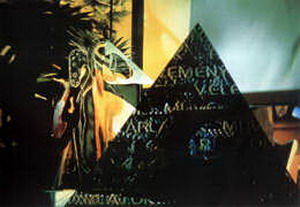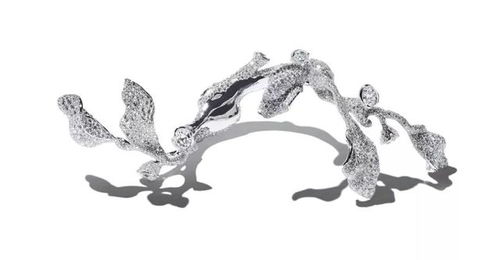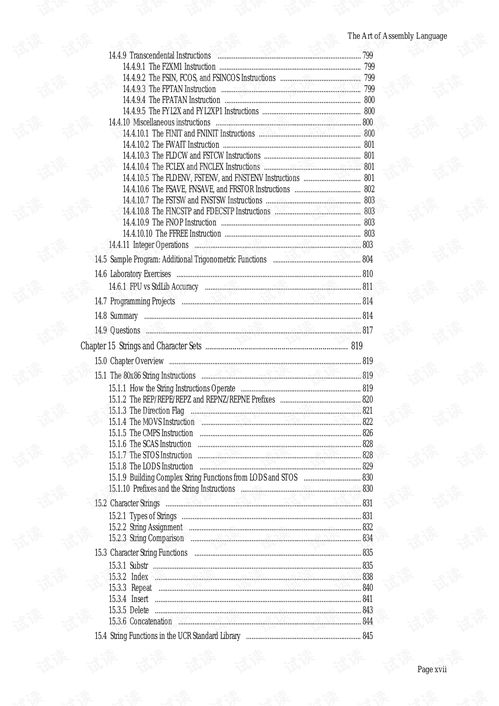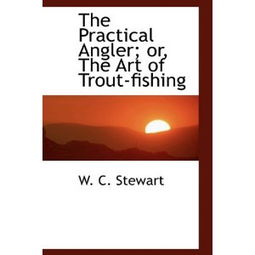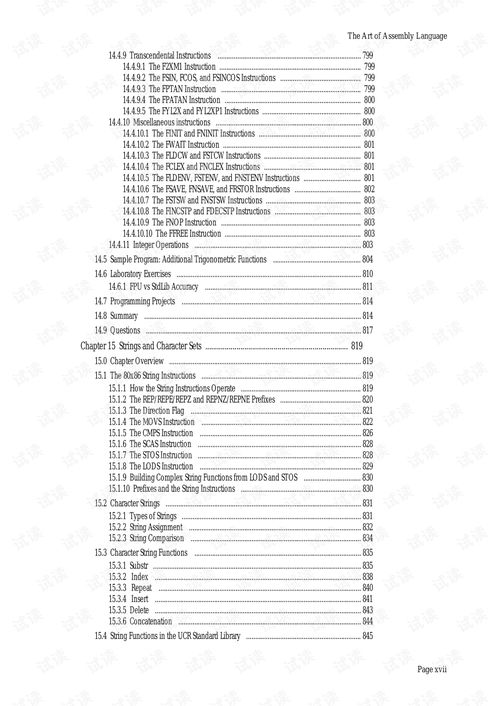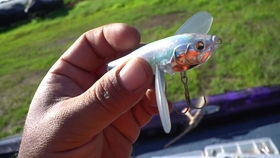Content:
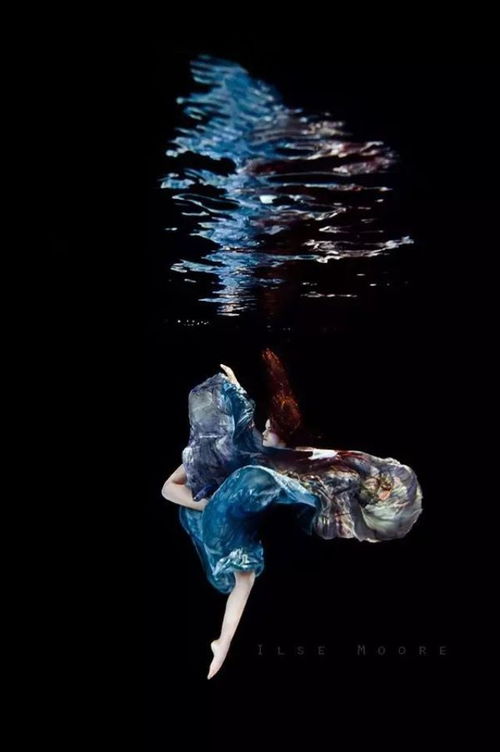
Black hole fishing, also known as "black pit" fishing, has gained immense popularity among anglers worldwide. It involves fishing in a designated area where the water is deep and murky, making it challenging to spot fish. One of the most crucial aspects of black hole fishing is line management, which can significantly impact your success. In this article, we will discuss some essential techniques for mastering the art of black hole fishing and how to effectively manage your line.
Choosing the Right Line
The first step in line management is selecting the appropriate line for black hole fishing. In such conditions, a monofilament line is often the go-to choice due to its low visibility in murky water. However, it's crucial to choose the right thickness, as too thin a line may break easily, while too thick a line may spook the fish.
For black hole fishing, a monofilament line with a thickness between 8 to 12 pounds is ideal. This range provides a balance between sensitivity and durability, allowing you to detect subtle bites and maintain a solid connection with the fish.
Proper Line Length
The length of your line can significantly impact your ability to fish effectively in a black hole. Generally, a line length of 50 to 100 feet is recommended for black hole fishing. This range allows you to cover a larger area and increase your chances of encountering fish.
However, it's essential to adjust the line length based on the specific conditions of the black hole. If the water is particularly deep and murky, a longer line may be beneficial. Conversely, if the water is relatively clear, a shorter line may suffice.
Using a Leader
In black hole fishing, a leader is an essential component of line management. A leader is a shorter section of line connected to the main line, typically made from a different material, such as fluorocarbon or monofilament.
The purpose of a leader is to protect the main line from potential hazards, such as snags and fish teeth. Additionally, a leader with a different color and thickness can help disguise the main line and reduce the likelihood of spooking fish.
For black hole fishing, a leader length of 12 to 18 inches is recommended. The thickness of the leader should be slightly thinner than the main line to minimize visibility.
Knot Selection
Proper knot selection is crucial for maintaining a strong connection between your rod, reel, and lure. In black hole fishing, where fish are often more aggressive, a reliable knot is essential to prevent line breaks.
The improved clinch knot is a popular choice for black hole fishing due to its simplicity and strength. To tie an improved clinch knot, follow these steps:
Make a loop in the end of your line and pass the line through the loop.
Hold the standing end of the line and the loop in one hand, then pinch the loop with your thumb and index finger.
Pass the standing end through the pinch point.
Pull the standing end and the tag end to tighten the knot.
Trim the tag end close to the knot.
Managing Line Tangles
Line tangles can be a significant nuisance when black hole fishing, as they can cause loss of fish and disrupt your fishing experience. To minimize line tangles, follow these tips:
- Keep your line tight and organized at all times.
- Avoid casting directly into the water, as this can cause the line to tangle.
- Use a line clip or a piece of foam to secure your line when not in use.
- Be mindful of your surroundings and other anglers to prevent collisions and snags.
Adjusting Your Presentation
In black hole fishing, the way you present your lure can make a significant difference in your success. To maximize your chances of catching fish, consider the following:
- Vary your retrieve speed to mimic the natural movement of prey.
- Use bright or contrasting lures to attract the attention of fish in murky water.
- Experiment with different depths and depths of water to locate fish.
By mastering these line management techniques, you'll be well on your way to becoming a successful black hole fisherman. Remember that practice and patience are key to mastering the art of black hole fishing, so don't be discouraged if you encounter setbacks along the way. Happy fishing!

